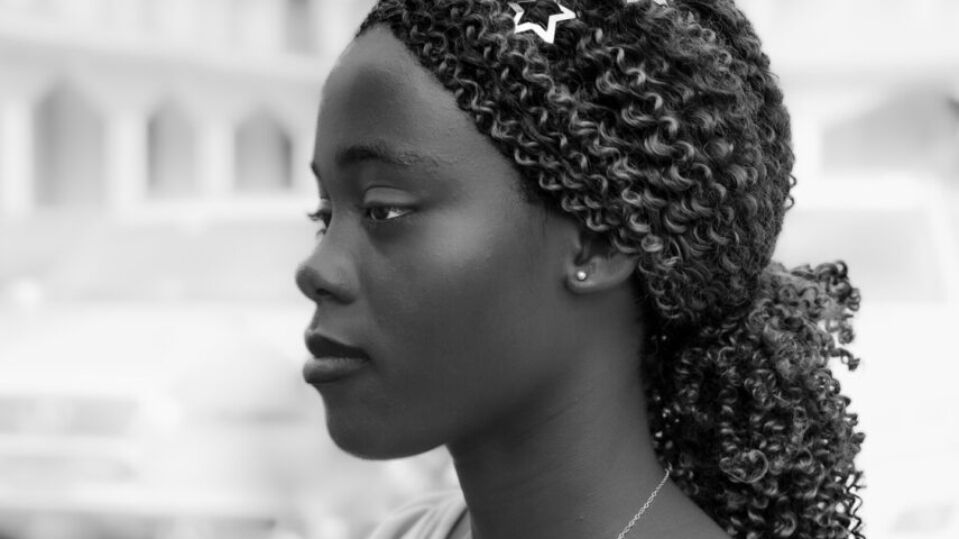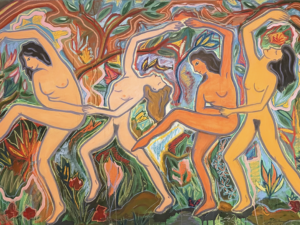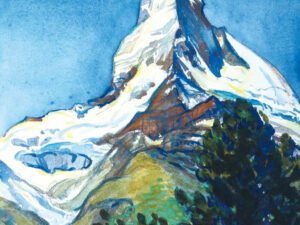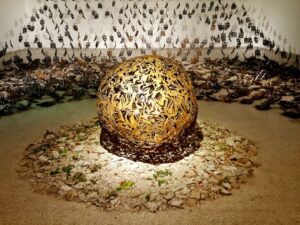Karlheinz Wachsenegger (b. 1962) has spent 45 years honing his skills as a photographer. The Austrian artist’s projects span portraiture to architecture, and are defined by a stripped-back aesthetic – communicating emotion through camera angle, composition, light and a masterful command of monochrome. He works between fine art and documentary, with a wide-reaching practice that includes travelling the globe with medical aid teams, visiting cities and working in the studio with clients.
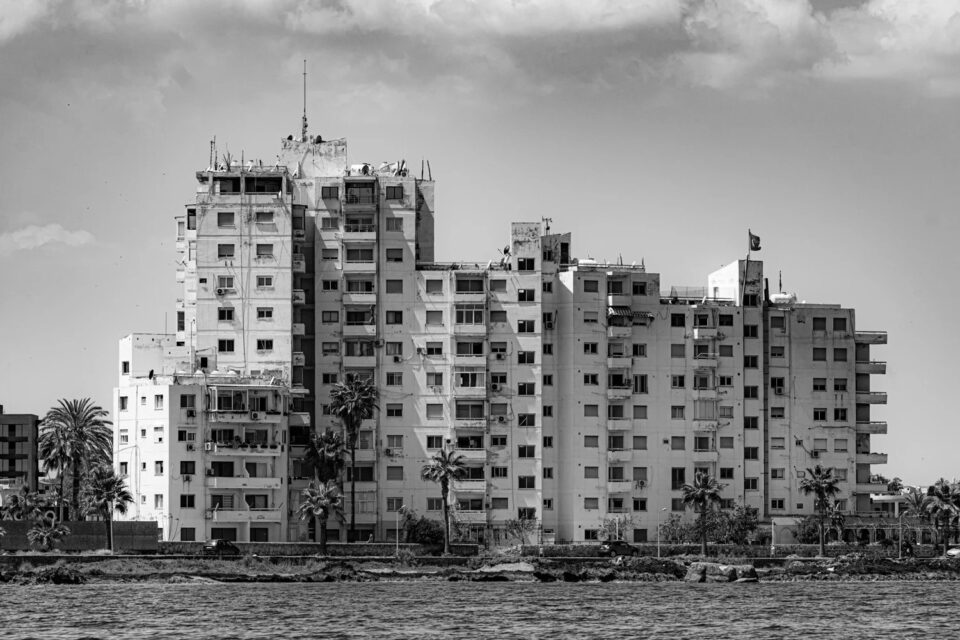
Many of Wachsenegger’s images are influenced by his background as a jazz musician, focusing on the connection between players and their instruments. His best-known series explore Gibson guitars, cellos, pianos and violins. The subjects, predominantly female, are depicted in moments of “intense introspection and physical communion” with their instruments. Here, Wachsenegger uses a black-and-white palette to emphasise form, texture, and emotion. There is a visual parallel between these images – all titled Love – and Man Ray’s iconic yet controversial Le Violon d’Ingres (1924), which famously objectifies the body as an instrument. Wachsenegger’s approach attempts to eschew this, instead focusing on the personal experience of his subjects. He also experiments with improvisation and fragmentation – techniques synonymous with jazz – creating variations of these portraits by cutting, pasting and re-assembling the images in collage. Tears, staples, stains and scratches add texture to the mismatched segments.
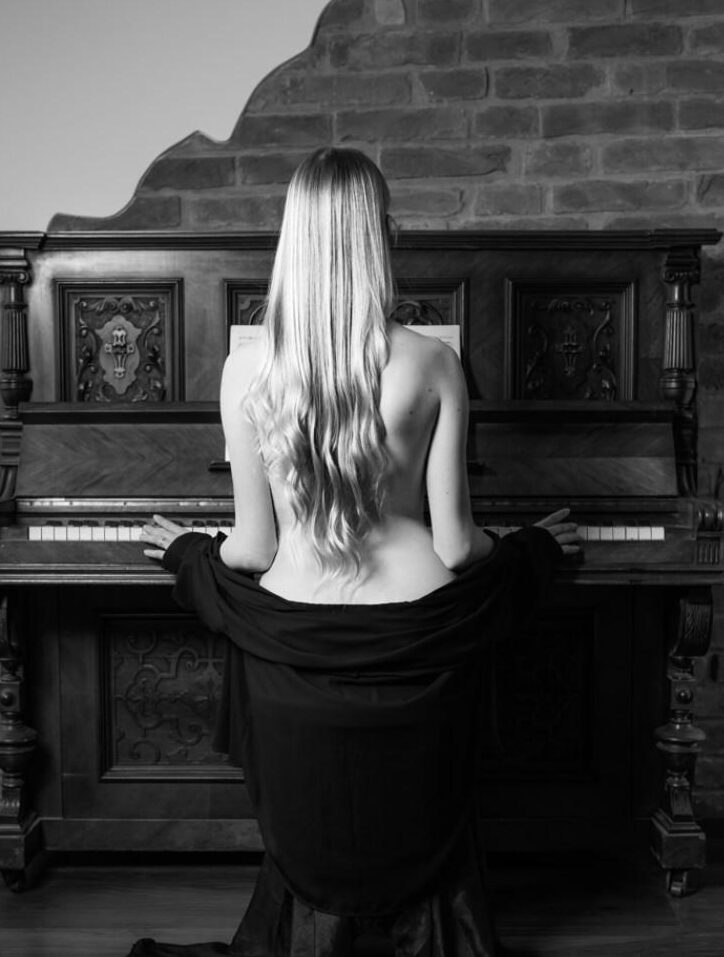
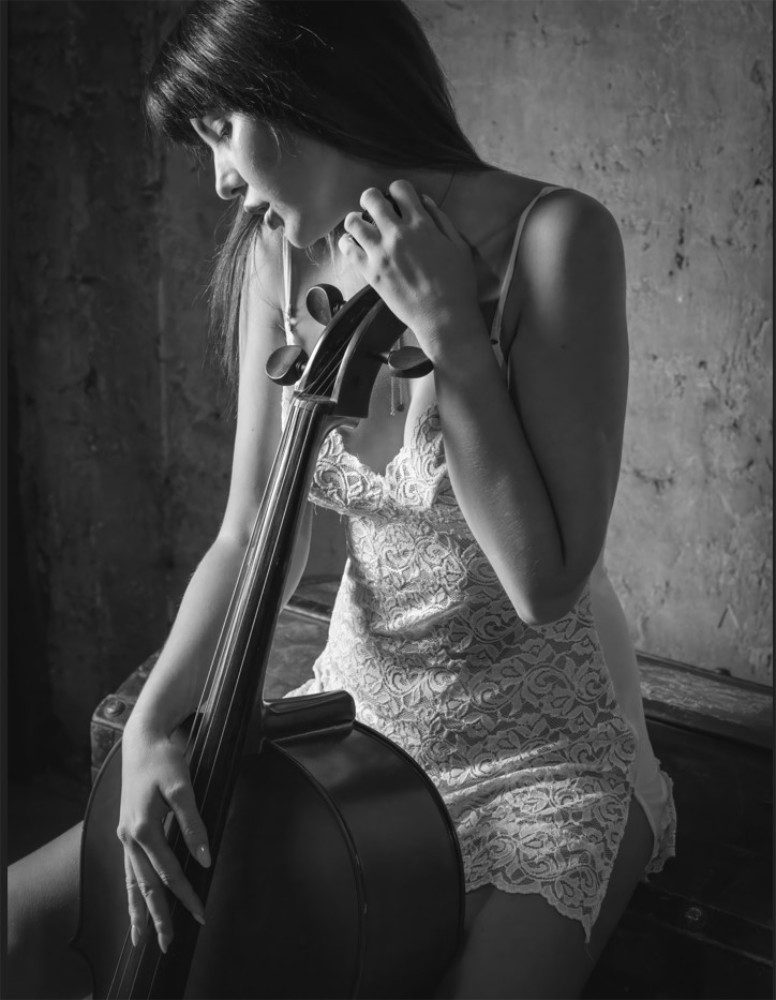
Beyond the studio, Wachsenegger is a documentarian and activist, using his lens to record social projects and bear witness to climate change and socio-political shifts. His work often carries an activist aim: “to inform, engage, and inspire action.” In April 2024, for example, he visited the “ghost town” of Varosha in Northern Cyprus. Once a thriving tourist hotspot in Famagusta, Varosha was evacuated and declared a restricted area in 1974 following Turkish occupation and has remained uninhabited and sealed off for nearly 50 years. Wachsenegger’s images capture dilapidated hotels, overgrown streets and empty apartments that were once bustling with life. “What was particularly striking was the silence,” he explains. “My images are intended not only to document the decay, but also to capture the history and tragedy of Varosha. They show how quickly a thriving city can become an abandoned monument. Varosha is a symbol of displacement, political stagnation, and the fragility of human progress.”
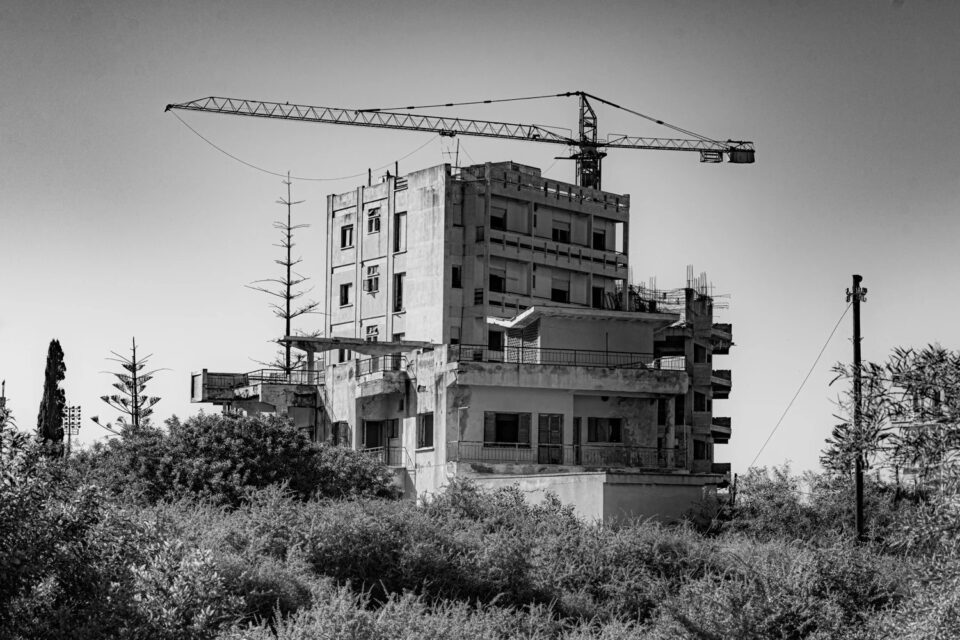
By bridging photojournalism and conceptual portraiture, Wachsenegger’s work captures both personal intimacy and broader social realities, earning him exhibitions across Germany, Switzerland, Italy, Spain and the USA. A career highlight was a show at the Schlossmuseum in Greiz, a historic town that combines art, culture and history in Germany. He was most recently part of Breathlines: Between Flesh, Form and Flow at Pashmin Art Gallery in Hamburg, with more projects planned for 2026 and 2027.
dreampictures.at | pashminart-consortia.com
Image Credits: Karlheinz Wachsenegger


